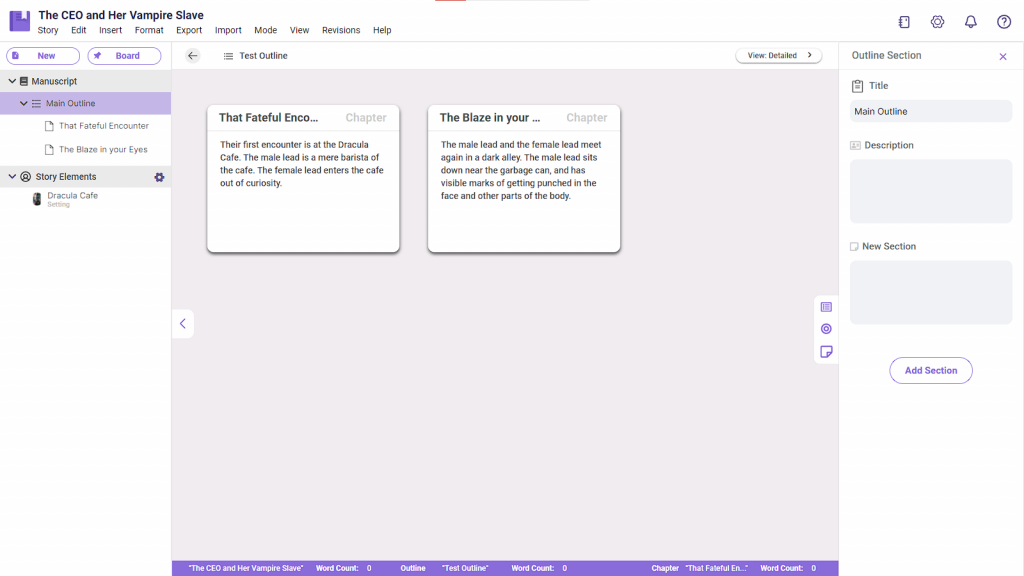Learn The 4 Basic Types of Writing

A writer should know how to wield their gift of words well, from the structure to the many types of writing they should use. Understanding the latter is crucial, since it often dictates how you would go around with the use of words, figures of speech, tone, and other critical components of writing. Today, let’s explore the four main writing styles and learn what skills and aspects you should know for you to develop as a writer!
Expository Writing
Expository writing is perhaps the most common out of all types of writing. It’s even likely that this was the first type of writing taught in your formative years. Expository writing aims to tell, inform, or explain facts to the reader, hence the root term expose. Expository writing tends to stick only to known facts and answering the 3W1H questions: what, where, when, and how (sometimes including who and why). Oftentimes, the writer does not offer their own opinions regarding the topic at hand, but instead they aim to deliver the information in a logical order.
Although expository writing may seem like a basic exercise, it teaches you the concept of logically ordering your ideas in a way that can be understood well. Good examples of expository writing are found in essays, textbooks, and newspapers.
Descriptive Writing
Descriptive writing allows more artistic freedom than expository writing. As the name indicates, this type of writing aims to describe certain situations, characters, phenomena, and other notable entities. You will see an extensive use of literary tools such as figures of speech, adjectives and adverbs, and the like in this kind of writing. The idea of this writing is to vividly recreate the described object in the reader’s mind, as if they are witnessing it first-hand.
Fiction and poetry exhaustively employ descriptive writing, since it is an effective tool for evoking emotions from the reader. Descriptive writing is also very important for writers, as it teaches you to learn how to engage the senses of the reader simply through words.
Persuasive Writing
Persuasive writing is perhaps the most complex and the hardest to learn among the types of writing. This type of writing attempts to make, if not entirely requires, your reader to assume your point of view and agree to your points. Persuasive writing does allow the writer to express their personal opinion, but they should aim to make the reader agree to their opinion. Certain techniques like evoking specific emotions from the reader or presenting the flow of logic or evidence are often used in this type of writing.
A sub-type of persuasive writing is argumentative writing, where you explicitly present evidence in the form of credible pieces of writing. In argumentation, the writer’s opinion may not matter at all, but instead the way they deliver their evidence and logic that will persuade readers to agree to an identified stance or proposition matters more.
Persuasive writing, like descriptive writing, requires you to learn techniques in bringing out specific emotions from the reader. Also, like expository writing, it requires you to deliver your evidence in a logical order. However, the end goal of persuasive writing should be to make your reader want to act, whether because they feel strongly about it, or they are convinced with your flow of arguments.
Narrative Writing
Although arguably not as challenging as persuasive writing, narrative writing employs the use of skills and techniques that are similarly hard to master. At its most basic level, narrative writing aims to tell a usually chronological sequence of events. However, for the most part, narrative writing entails the creation of a story, with a beginning, middle, and end. There are at least three essential elements that need to be present in narrative writing: characters, settings, and plot. The plot itself also has five elements, namely the introduction, the rising and falling actions, the climax, and the denouement (or resolution).
Effective narrative writing often involves intensive preparation of each element. For example, outlines are extensively used for planning a story’s plot. LivingWriter’s Board features the Outlines and Chapters, where you can write outlines for the entire story and even for specific chapters. You can write and keep short descriptions of them in an organized screen and have those notes available right at the side. If you need help on making your outline, you can check out Dan Harmon’s story circle or Dan Wells’ seven point story structure, which are great starting points.

If you’re preparing your characters and settings, LivingWriter’s Story Elements can store all details and notes about them with the same convenience as the Outlines and Chapters. You can even include images for each element as a visual stimulus while you’re writing.
Wrapping It Up
Writing itself can be challenging. Finding the right words and tone can take a long time, but if you can properly identify the purpose of your text, then the process becomes easier. If you can recognize the type of writing that would be appropriate, your writing is sure to be more effective. To make your writing even more effective, you should check out LivingWriter and see how it can help your writing process easier.